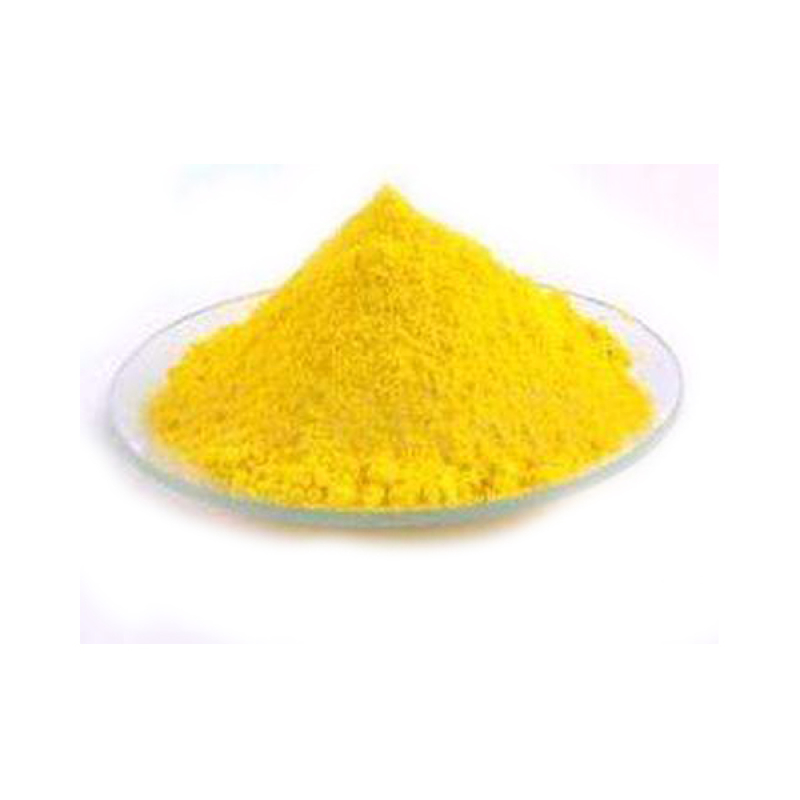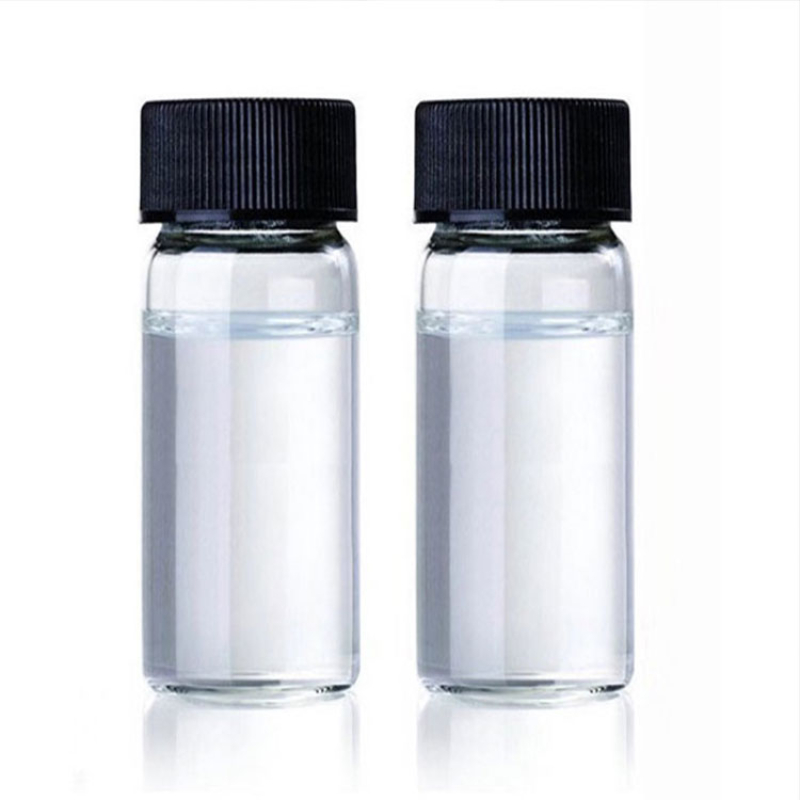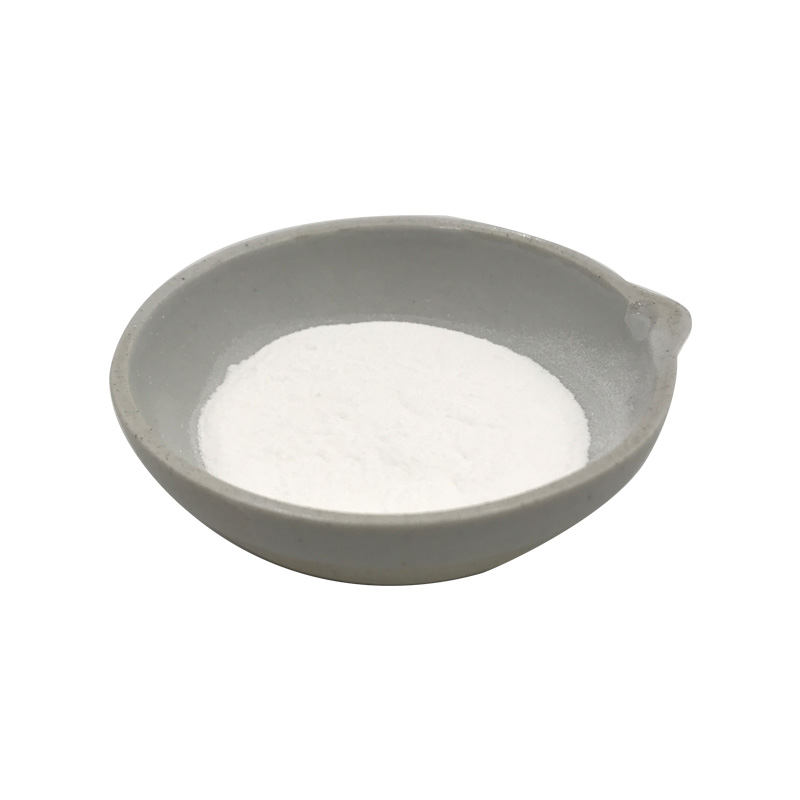Products Description of Dichloromethane CAS#75-09-2Dichloromethane is a compound formed by replacing two hydrogen atoms in the methane molecule with chlorine, with the molecular formula CH2Cl2. It is a colorless, transparent, heavier than water, volatile liquid with an ether-like smell and sweetness. It does not burn, but forms an explosive mixture when mixed with high concentrations of oxygen.
Contact Now
Dichloromethane CAS#75-09-2Dichloromethane (DCM), additionally recognized as methylene chloride, is a transparent, colorless, risky halogenated aliphatic hydrocarbon compound with an ether-like mildly candy smell. It is relatively soluble in water as properly as in most natural solvents namely; ether, ethanol, ketones, aldehydes, and phenols (1).
Contact Now
Products Description of Dichloromethane CAS#75-09-2Dichloromethane is a compound in which two hydrogen atoms in the methane molecule are replaced by chlorine. The molecular formula is CH2Cl2. It is a colorless, transparent, heavier than water, volatile liquid with an ether-like smell and sweet taste.
Contact Now
Products Description of Antioxidant 1330 CAS#1709-70-2Hindered phenol antioxidant 330 is a white crystalline powder with a melting point above 244°C. It is insoluble in water. Its solubility in some solutions at 18°C (g/100g solvent) is: benzene 20, dichloromethane 31.9, methylcyclohexane 1.7, methanol 0.2, isopropanol 0.1.
Contact Now
Products Description of 5-Methoxy-2-Tetralone CAS#32940-15-15-Methoxy-2-tetralinone is a chemical intermediate with a molecular formula of C11H12O2 and a molecular weight of 176.21.5-Methoxy-2-tetralone Chemical PropertiesMelting point 32-36 °C (lit.)Boiling point 165°C/10mmHg(lit.)density 1.124±0.06 g/cm3(Predicted)vapor pressure 0.059Pa at 25℃Fp >230 °Fstorage temp. Keep in dark place,Sealed in dry,Room Temperaturesolubility Chloroform, Dichloromethane, Ethyl Acetate, Methanolform Solidcolor Yellowish OrangeBRN 1451623InChIKeyMDA
Contact Now
Products Description of 5-Methoxy-2-tetralone CAS#32940-15-1Light yellow or light red solid.5-Methoxy-2-tetralone Chemical PropertiesMelting point 32-36 °C (lit.)Boiling point 165°C/10mmHg(lit.)density 1.124±0.06 g/cm3(Predicted)vapor pressure 0.059Pa at 25℃Fp >230 °Fstorage temp. Keep in dark place,Sealed in dry,Room Temperaturesolubility Chloroform, Dichloromethane, Ethyl Acetate, Methanolform Solidcolor Yellowish OrangeBRN 1451623InChIKeyMDAIAXRTLTVEOU-UHFFFAOYSA-NLogP1.8 at 25℃CAS DataBase Reference32940-15-1(CAS DataBase Refer
Contact Now
Products Description of Bitertanol CAS#55179-31-2The pure product is a colorless crystalline solid. m.p. 125~129℃ (diastereomer A is 136.7℃, B is 145.2℃, and the low eutectic of A and B is 118℃). The vapor pressure at 20℃ is <1.0×10-3Pa [A is 3.8×10-3Pa, B is 3.2×10-3Pa (100℃)]. Solubility at 20℃: dichloromethane 100-200g/L (A is 200-500g/L, B is 50-100g/L), isopropanol 30-100g/L [20-50g (A or B)/L], toluene 10-30g/L [A is 10-20g/L, B is 1-2g/L], n-hexane 1-10g/L [≤10g (A or B)/L], water 5mg/L [2.9mg (A)/L, 1.6mg (B)/L]. Partition coefficient 126000 (A), 25000 (B).
Contact Now
Products Description of 5-Chloro-2-(methylamino)benzophenone CAS#1022-13-5Yellow or reddish yellow granular crystals.5-Chloro-2-(methylamino)benzophenone Chemical PropertiesMelting point 93-95 °C (lit.)Boiling point 421.9±35.0 °C(Predicted)density 1.234±0.06 g/cm3(Predicted)storage temp. Keep in dark place,Inert atmosphere,Room temperaturesolubility Chloroform (Slightly), Dichloromethane (Slightly), DMSO (Slightly), Methanol (Very Slightly)form SolidpkapKa 1.45±0.04(7% EtOH in H2O,t =25,0.02 to 0.40M in HCl) (Uncertain)color Light Yellow to YellowBRN&nbs
Contact Now
Products Description of 6-Chloropyridazin-3-amine CAS#5469-69-23-Amino-6-chloropyridazine is a novel pharmaceutical intermediate with great medical value and is difficult to synthesize. 3-Amino-6-chloropyridazine compounds are a class of heterocyclic compounds with good biological activity and occupy an important position in pesticide research. In pesticide production, structural modification using pyridazinone ring as the parent has opened up a new field for the creation of new pesticides.
Contact Now
Products Description of Decyl glucoside CAS#68515-73-1Decyl glucoside is a new type of nonionic surfactant alkyl polyglycoside (APG).
Contact Now
Products Description of 1-Methylpyrrolidine CAS#120-94-5Colorless, transparent, volatile liquid. Freezing point -90°C, boiling point 79.5~80.5°C, relative density 0.819, refractive index 1.4240, flash point -21°C.
Contact Now
Products Description of Hexadecyl trimethyl ammonium bromide CAS#57-09-0Hexadecyltrimethylammonium bromide is white or light yellow crystals or powder, easily soluble in isopropanol, soluble in water, produces a lot of foam when shaken, and has good compatibility with cationic, nonionic, and amphoteric surfactants. It has excellent penetration, softening, emulsification, antistatic, biodegradability, and bactericidal properties.
Contact Now
Products Description of Hexadecyl trimethyl ammonium bromide CAS#57-09-0Hexadecyltrimethylammonium bromide is white or light yellow crystals or powder, easily soluble in isopropanol, soluble in water, produces a lot of foam when shaken, and has good compatibility with cationic, nonionic, and amphoteric surfactants. It has excellent penetration, softening, emulsification, antistatic, biodegradability, and bactericidal properties.
Contact Now
Products Description of Bretazenil CAS#84379-13-5Brotacetin is a partial agonist of the GABAA receptor of the benzodiazepine class. It was first developed by Roche as an antianxiety drug. Studies have found that brotacetin can counteract the spasms caused by pentamethazine. At an antispasmodic dose (125-250 μg·kg-1), brotacetin combined with pyridostigmine (100 μg·kg-1, im) and aprofen (4 mg·kg-1, im) can prevent sarin and soman poisoning. Brotacetin has good antianxiety activity at a dose of 50-400 μg·kg-1. Compared with diazepam, it has little adverse reaction of myasthenia.
Contact Now
Products Description of Collagenase CAS#9001-12-1Collagenase, also known as collagenase and clostridial peptidase, is a protease obtained by fermentation of Clostridium histolyticum.Medical collagenase is refined from the culture fluid of Clostridium histolyticum ATCC21000.
Contact Now
Tolyltriazole CAS#29385-43-1Tolyltriazole is a water-stabilizing chemical that inhibits corrosion by bonding to metal parts and machinery surfaces to prevent water from destabilizing the molecular structure of the metal. It creates an electrochemical barrier that is thick enough to deter corrosive chemicals. This barrier is very durable and features favorable oxidative and thermal stability. The long-term protective barrier created by tolyl triazole does not contaminate process fluids or the metal material of piping systems.
Contact Now
Products Description of Optical brightener OB-1 CAS#1533-45-5Fluorescent whitening agent OB-1, 2,2-(4,4-diphenylethylene) bisbenzoxazole, is a yellow crystalline substance with a melting point of 359-362℃, insoluble in water, odorless, stable performance, and a maximum absorption spectrum wavelength of 374nm. It has strong fluorescence and a fluorescence emission wavelength of 434nm.
Contact Now
Products Description of 1-ETHOXY-2-PROPYL ACETATE CAS#54839-24-6Colorless liquid1-ETHOXY-2-PROPYL ACETATE Chemical PropertiesBoiling point 205.8°C (rough estimate)density 0.9410vapor pressure 2.02hPa at 24.85℃refractive index 1.4025solubility Chloroform (Slightly), Methanol (Slightly)form Oilcolor ColorlessWater Solubility 69.6g/L at 18℃LogP0.76 at 22℃EPA Substance Registry System2-Propanol, 1-ethoxy-, acetate (54839-24-6)Safety InformationRisk Statements 10Safety Statements 16RIDADR 1993HazardClass 3.2PackingGroup IIIFactor
Contact Now
Products Description of PHOSPHORIC ACID CAS#78-42-2PHOSPHORIC ACID is widely used as a flame retardant, plasticizer, and extraction agent in the production of chemical companies. Its most important use is the production of hydrogen peroxide.
Contact Now
Products Description of Carnitine CAS#541-15-1Carnitine is a type of B vitamins. Its structure resembles amino acids, so some people classify it as amino acids. Its main function is to help transport long-chain fatty acids to provide energy. This can prevent fat from accumulating in the heart, liver and skeletal muscle. Artificially synthesized carnitine has three forms: L-isomer, D-isomer and racemate, and L-carnitine has the best effect. L-carnitine is a compound with multiple physiologically active functions.
Contact Now
Products Description of Palatinose CAS#58166-27-1Palatinose is an isomer of sucrose. It is made from sucrose as raw material and converted and refined by α-glucosyltransferase. It is a sweetener that uses biotechnology - enzyme engineering to change the properties of sucrose. It is a natural nutritional sugar that can avoid the disadvantages and diseases of eating too much sucrose. Palatinose is commonly known as isomaltulose, which is a disaccharide of glucose and fructose combined with α-1,6.
Contact Now
Products Description of OP 935 CAS#225789-38-8 As a new type of phosphorus-based flame retardant, diethylaluminum hypophosphite has high thermal stability, chemical stability and environmental friendliness, and can be used as an excellent polymer material flame retardant to replace environmentally harmful halogen flame retardants.OP 935 Chemical PropertieWater Solubility 1.6g/L at 25℃CAS DataBase Reference225789-38-8Product Application of OP 935 CAS#225789-38-8 The main chemical bonds in the structure of diethyl aluminum hypophosphite are P-C, P=O, P-O, and its flame r
Contact Now
Products Description of 4'-Methylpropiophenone CAS#5337-93-9The molecule of p-methylpropiophenone contains a polar carbonyl (C=O) bond and a non-polar benzene ring. The whole molecule is relatively polar, but also has a certain non-polarity. Therefore, it can be dissolved in non-polar solvents such as petroleum ether and benzene, as well as polar solvents such as ethanol and dimethylformamide. The molecule of p-methylpropiophenone contains a long alkyl chain and a benzene ring, and there are certain van der Waals forces and hydrogen bonding forces between molecules.
Contact Now
O-(Tetrahydro-2H-pyran-2-yl)hydroxylamine CAS#6723-30-4O-(Tetrahydro-2H-pyran-2-yl)hydroxylamine Chemical PropertiesMelting point 34-37 °C (lit.)Boiling point 81 °C/20 mmHg (lit.)density 1.1274 (rough estimate)refractive index 1.4206 (estimate)Fp 180 °Fstorage temp. Keep in dark place,Inert atmosphere,Store in freezer, under -20°Csolubility DMSO (Slightly), Methanol (Slightly)pka3.28±0.20(Predicted)form Low Melting Solidcolor WhiteSafety InformationHazard Codes XiRisk Statements 36/37/38Safety Statements 26-36WGK Germany 3HS
Contact Now



































